All products featured are independently chosen by us. However, SoundGuys may receive a commission on orders placed through its retail links. See our ethics statement.
Bowers and Wilkins PX7 S3 vs Sony WH-1000XM6: can an underdog get an upset win?
September 5, 2025
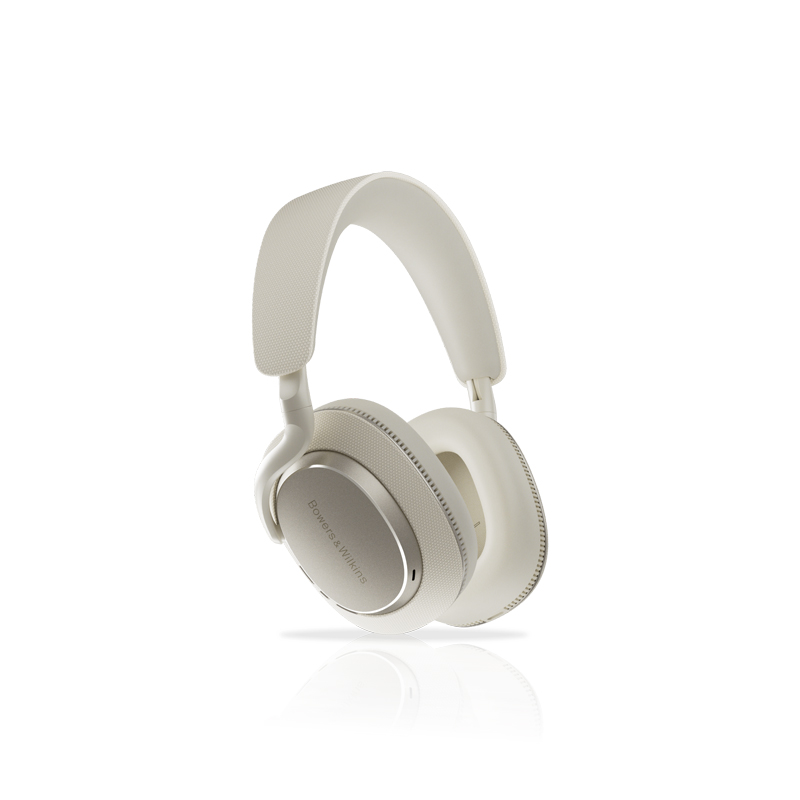



Now that the latest generation of active noise canceling headphones (ANC) is here, which headphones stand out among the crowd? While most people have heard of the Sony WH-1000XM6, enthusiasts have asked us about the Bowers and Wilkins PX7 S3 quite often. So how does the Bowers and Wilkins PX7 S3 stack up against the category leader Sony WH-1000XM6? Let’s break it down.
This article was originally published on September 5, and this is the first version.
What’s it like to use the Bowers and Wilkins PX7 S3 compared to the Sony WH-1000XM6?
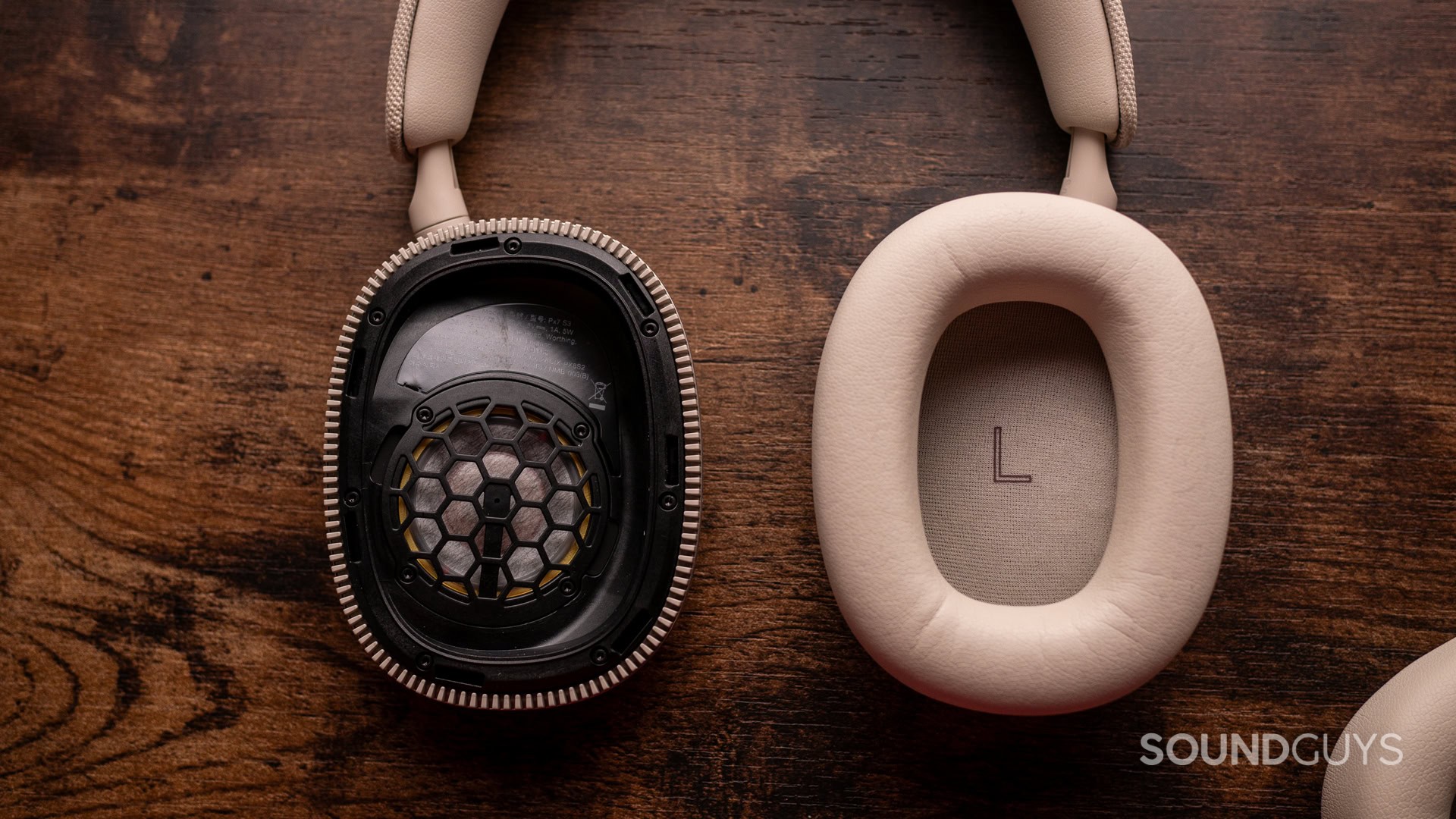
Though both headphones are geared toward the same kind of user, each has several design elements that might sway your decisions. For example, where the Bowers and Wilkins PX7 S3 can’t be folded up for smaller storage, the Sony WH-1000XM6 can. Also, where the Bowers and Wilkins PX7 S3 has all-replaceable padding, the Sony WH-1000XM6 can only replace the ear pads.
Size is also another consideration. The Sony WH-1000XM6 is much larger and clunkier-looking than the Bowers and Wilkins PX7 S3 — which is more svelte and fashionable by comparison. Though the mass of each set of headphones is comparable, the Sony WH-1000XM6 is about 46g lighter than the Bowers and Wilkins cans if you’re sensitive to weight.
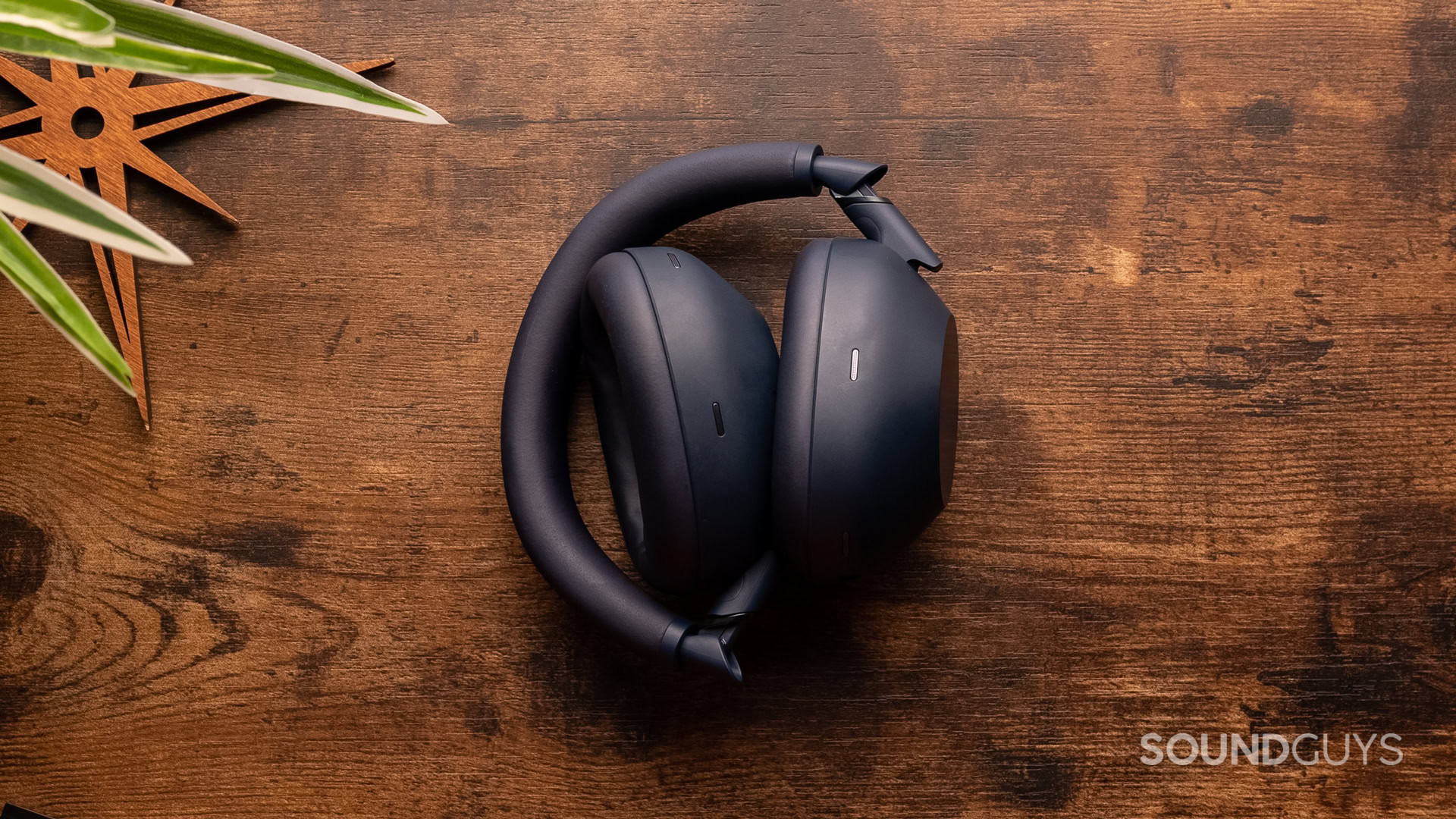
Fans of buttons will appreciate the no-touchpad control scheme of the Bowers and Wilkins PX7 S3, and fans of gesture control will prefer the mixed approach offered by the Sony WH-1000XM6. Just be aware that using buttons can sometimes dislodge the headphones, giving you an imperfect seal.
| Input | Playback action | Call action |
|---|---|---|
| Input Left Quick Action button | Playback action ANC mode toggle / Voice assistant | Call action ANC mode toggle / Voice assistant |
| Input Left slider | Playback action Power / Bluetooth pairing | Call action Power / Bluetooth pairing |
| Input Right top button | Playback action Volume up | Call action Volume up |
| Input Right middle button (1x) | Playback action Play / Pause | Call action Answer call / switch calls |
| Input Right middle button (2x) | Playback action Track forward | Call action End call |
| Input Right middle button (3x) | Playback action Track backward | Call action N / A |
| Input Right middle button long press | Playback action N / A | Call action Decline call |
| Input Right lower button | Playback action Volume down | Call action Volume down |
| INPUT | Right earcup surface |
|---|---|
Double tap | Play / pause |
Long press | Voice assistant |
Swipe up / Down | Volume up / down |
Swipe forward / back | Track forward / back |
Cup hand | Passthrough mode |
Do the Bowers and Wilkins PX7 S3 or Sony WH-1000XM6 have more features?
If you’re looking for features, both products come with a host of modern accoutrements, but the Sony WH-1000XM6 is absolutely loaded to the gills with app-based features that give users a lot more to explore than the Bowers and Wilkins Music app does. For example, you can emulate listening environments, have a much more fleshed-out equalizer, and more phone integrations.
Though the Bowers and Wilkins PX7 S3 isn’t a slouch by any means, the app functionality and operation is much easier with the Sony WH-1000XM6 — even if the menus can be a little confusing. If you’re just looking for headphones, however, you might never even venture into the app unless it’s time for a firmware update.
How do the Bowers and Wilkins PX7 S3 and Sony WH-1000XM6 connect?
Connection methods for the Bowers and Wilkins PX7 S3 and Sony WH-1000XM6 are largely similar, as both offer Bluetooth 5.3 and can use both standard and higher-bitrate codecs. The main difference between the two products here is the use of aptX Adaptive on the Bowers and Wilkins PX7 S3 and LDAC with Sony WH-1000XM6. Both headphones support LE audio, though only the Sony WH-1000XM6 supports Auracast.
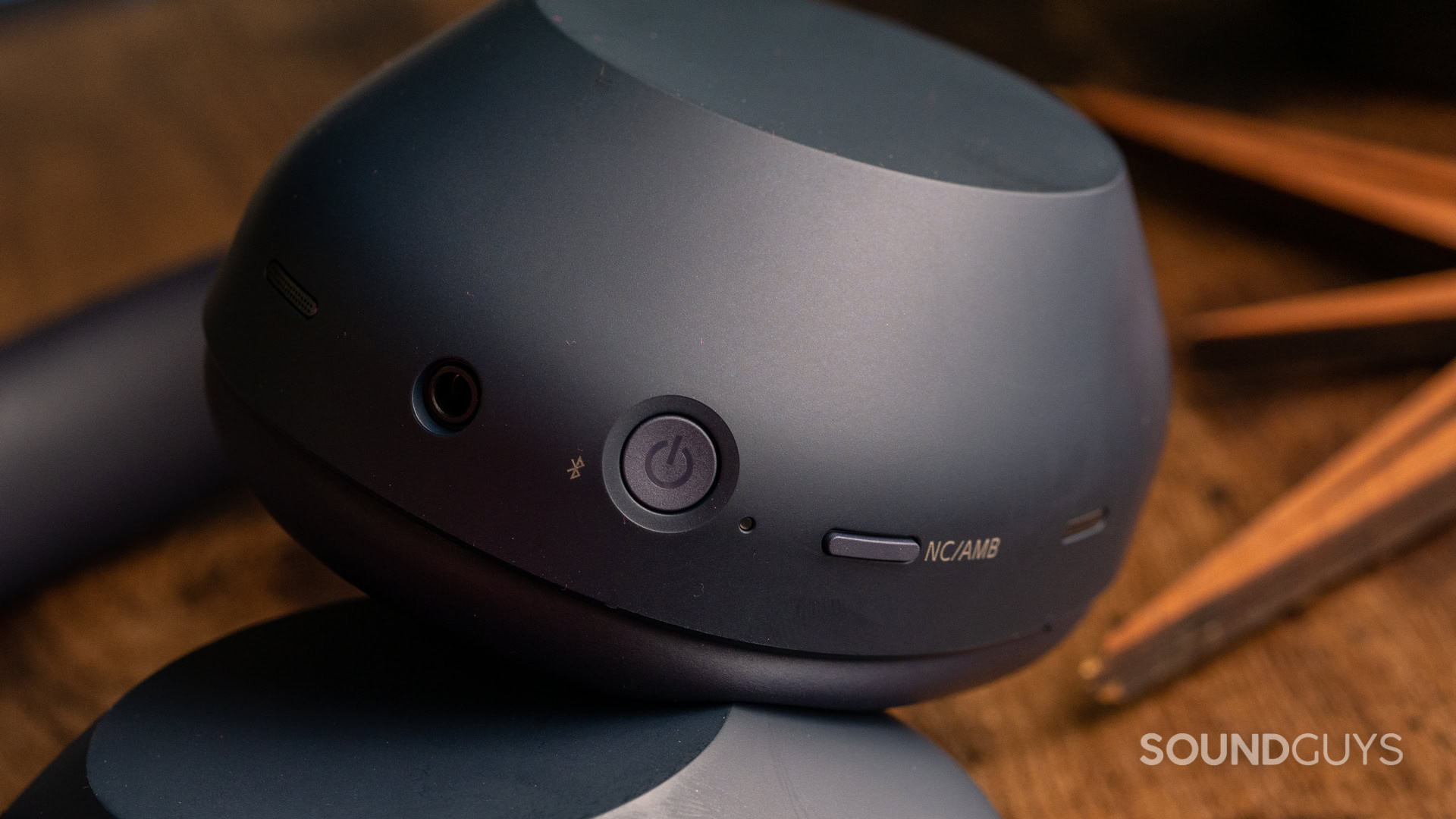
But where the Bowers and Wilkins PX7 S3 sets itself apart from Sony WH-1000XM6 is the wired options. The Sony WH-1000XM6 uses a 3.5mm jack for analog signals, but the Bowers and Wilkins PX7 S3 can use any USB-C cable that terminates in another USB-C or 3.5mm TRS plug to pass along audio to your headphones. This is a nice plus, as it uses the internal DAC of the Bowers and Wilkins PX7 S3 to decode digital signals for lossless listening if you so choose.
Is battery life better on the Bowers and Wilkins PX7 S3 or Sony WH-1000XM6?
If battery life is a major concern for you, the Sony WH-1000XM6 is a bit better in this regard, though the difference in performance is not significant. The Sony WH-1000XM6 offers more than 34 hours of continuous playback while the Bowers and Wilkins PX7 S3 offers around 30 hours of playback with ANC on. This roughly translates to charging the headphones about once more per month, so it’s not really a huge deal all things considered.
Do the Bowers and Wilkins PX7 S3 or Sony WH-1000XM6 block noise better?
Loading chart ...
Both headphones are excellent noise cancelers and isolators. The Bowers and Wilkins PX7 S3 is better at attenuating extremely low-frequency sounds, with a slightly lower average attenuation, while the Sony WH-1000XM6 has a higher average overall. You shouldn’t find fault with either here.
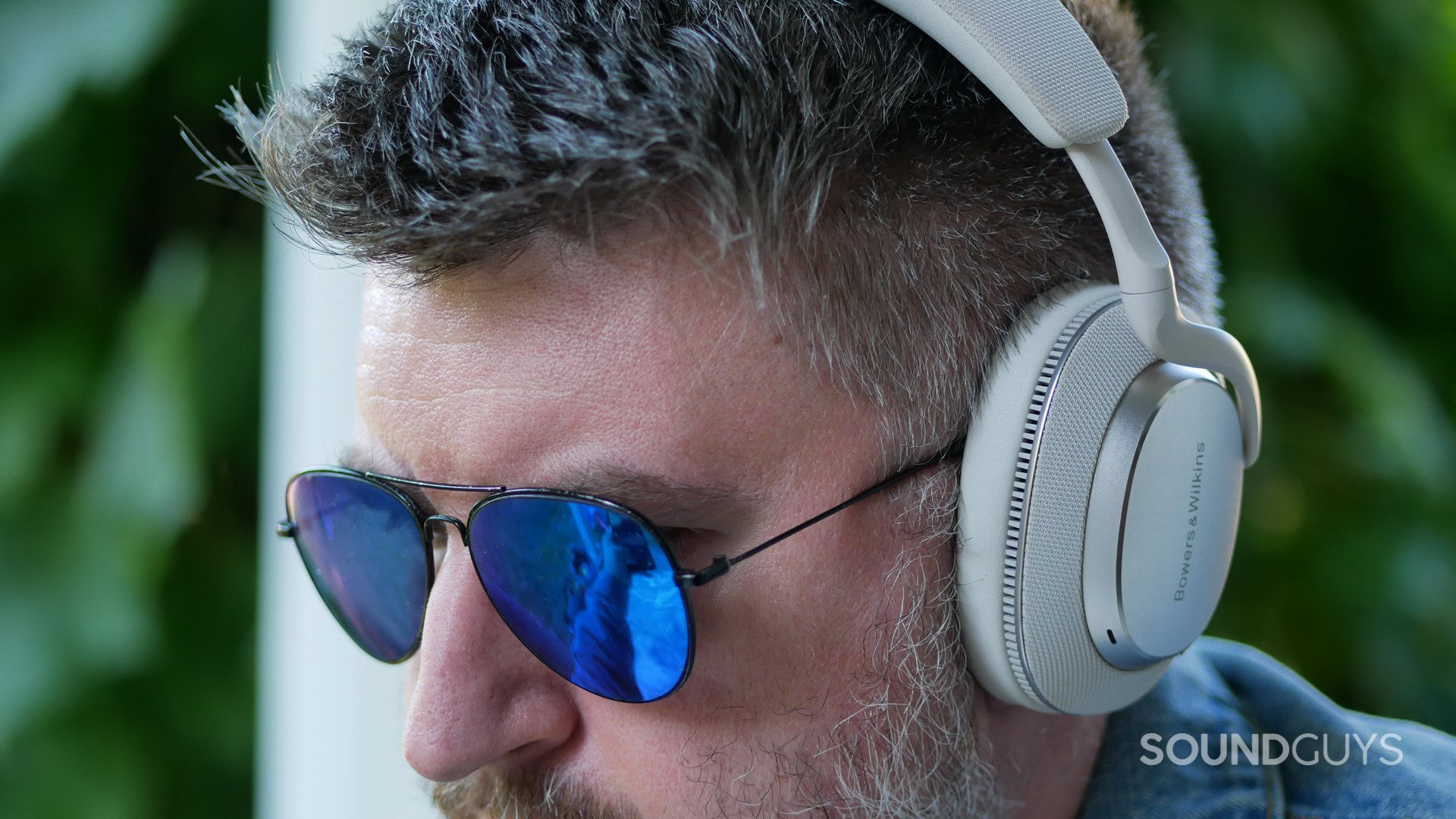
Because each set of headphones is adept at keeping outside noise at bay, either should be fine for traveling or commuting. Should you need to talk to someone or hear an announcement, both headphones offer an ambient sound mode that allows you pass your surroundings through.
Do the Bowers and Wilkins PX7 S3 sound better than the Sony WH-1000XM6?
While I hesitate to say definitively that one product is objectively better than another, it is clear that more people will like the sound of the Sony WH-1000XM6 than that of the Bowers and Wilkins PX7 S3. Neither are bad, and both have their advantages, but the stock tuning of each set of headphones have some notable foibles.
Multi-Dimensional Audio Quality Scores (MDAQS)
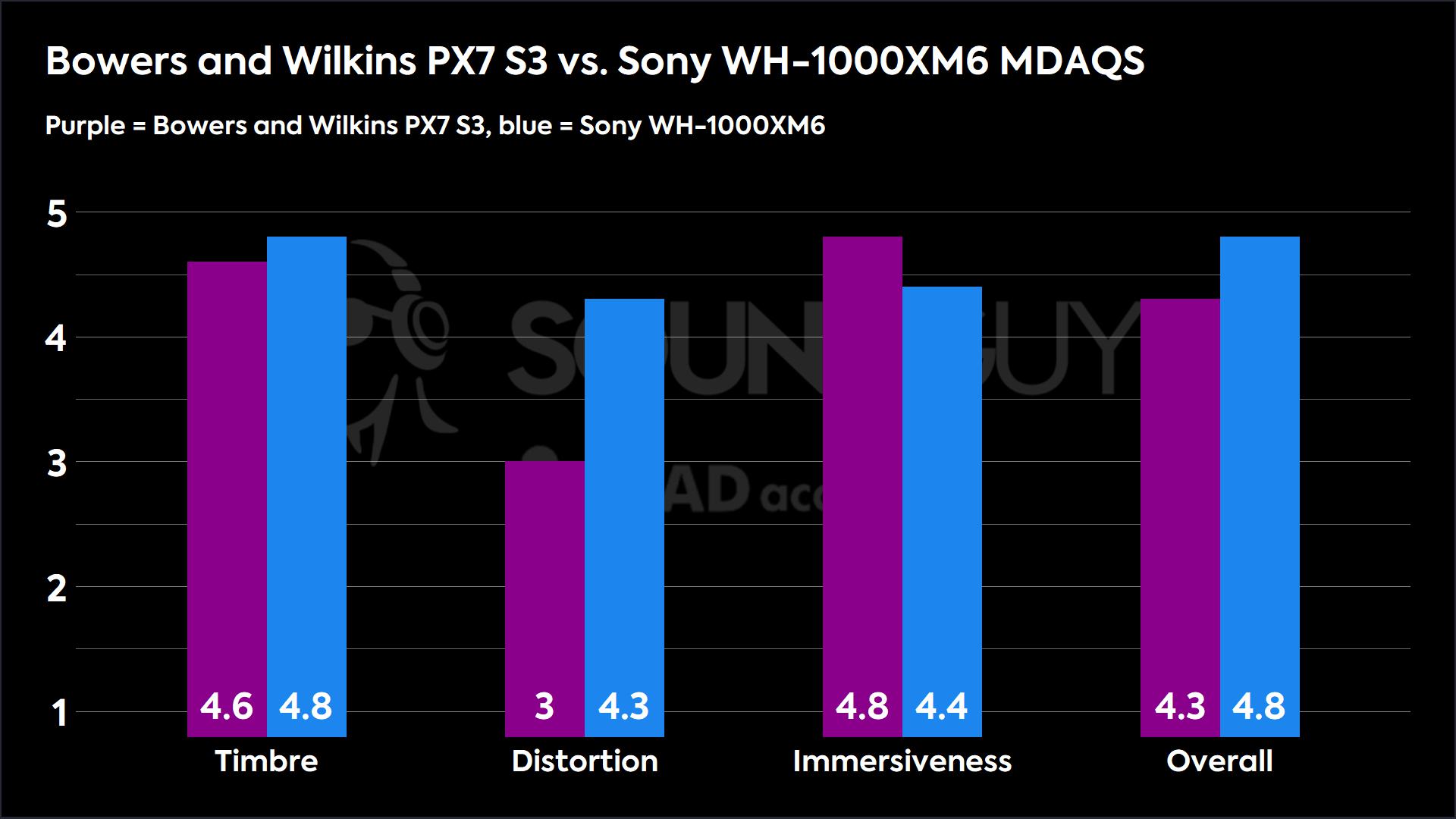
- Timbre (MOS-T) represents how faithfully the headphones reproduce the frequency spectrum and temporal resolution (timing information).
- Distortion (MOS-D) represents non-linearities and added noise: higher scores mean cleaner reproduction.
- Immersiveness (MOS-I) represents perceived source width and positioning: how well virtual sound sources are defined in three-dimensional space.
Both the Bowers and Wilkins PX7 S3 and Sony WH-1000XM6 sound pretty good, and our simulated panel of hundreds of listeners agree. However, the Bowers and Wilkins PX7 S3 has a notable disadvantage in perceived distortion. But that’s about it — it’s merely “okay” instead of “good.” This doesn’t really sink the Bowers and Wilkins PX7 S3, it just means that the Sony WH-1000XM6 is unusually good across the board for most people. But just because those headphones post good scores does not mean that you, personally, will like it over others. Let’s take a deeper look.
Objective Measurements
Loading chart ...
The Sony WH-1000XM6 offers a sound that’s a bit closer to our Headphone Preference Curve than that of the Bowers and Wilkins PX7 S3. However, it still boosts bass quite a bit, while also exhibiting a strange spike at 10kHz that can’t be equalized away. The Bowers and Wilkins PX7 S3, on the other hand, exhibits a noticeably loud bump at 100Hz, with a similarly loud overemphasis between 6.5 and 11kHz. This can sometimes make kick drums and room effects to seem unnaturally loud, as reflected in the absurdly high MDAQS for immersiveness. However, this can sound a bit weird to most, and may benefit from a little bit of tasteful equalization.
While there are plenty of different sounds that people like, it’s worth exploring the details of what you get because getting used to it is not always as simple as that. For the Bowers and Wilkins PX7 S3 in particular, you stand a greater chance of finding something objectionable than with the Sony WH-1000XM6, despite both tunings being well-received.
Do the Bowers and Wilkins PX7 S3 or Sony WH-1000XM6 have a better microphone?
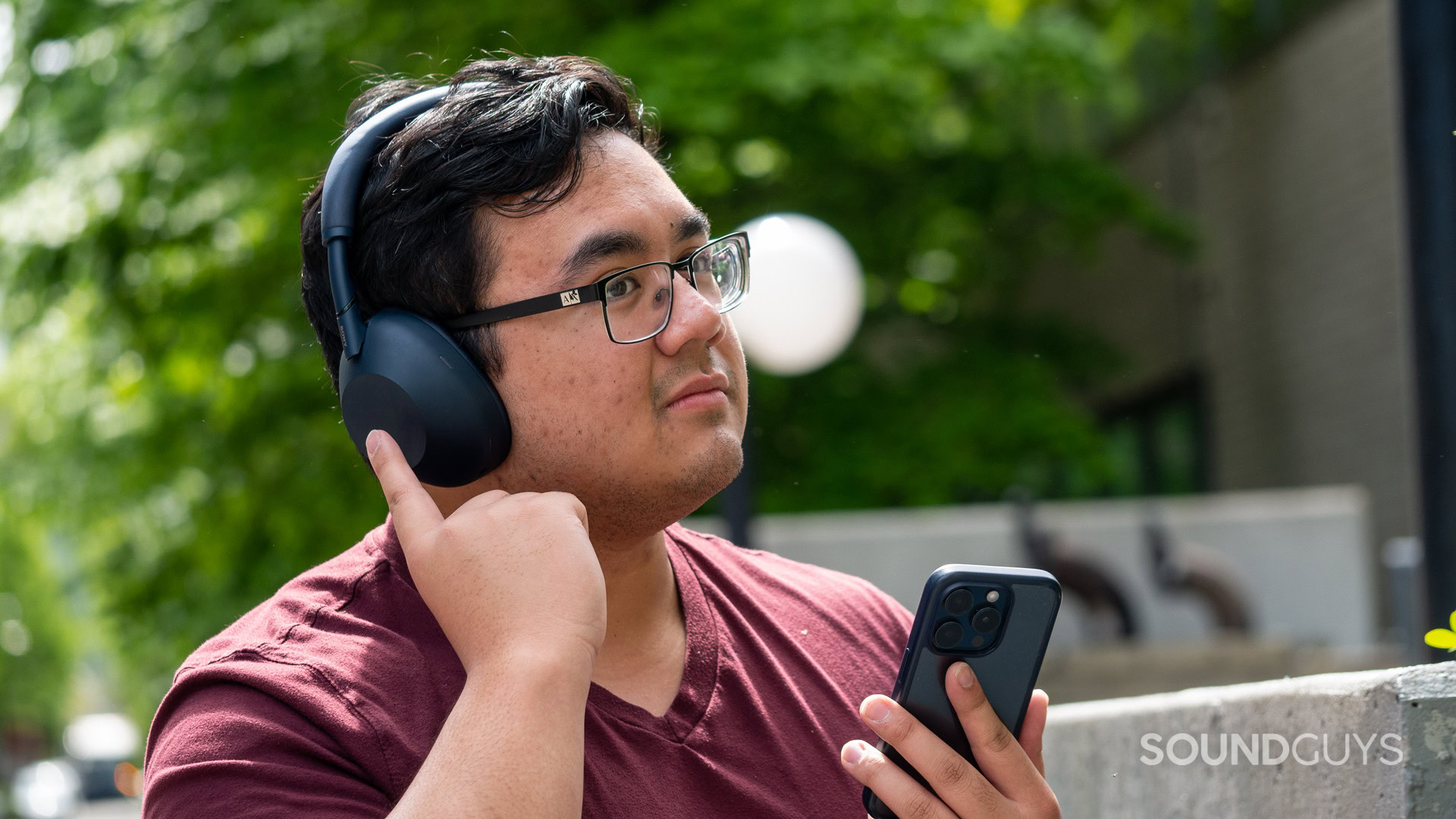
If you’d like to compare microphone samples, we have a few for you to listen in on. Though both models are meant to handle phone calls, there’s a few things that each are better at than the others. I’ve chosen the windy sample to show how effective each product can handle outdoor calls below, but you can hear every sample we collect if you head on over to the full review.
Bowers and Wilkins PX7 S3 microphone demo (Ideal conditions):
Sony WH-1000XM6 microphone demo (Ideal conditions):
Bowers and Wilkins PX7 S3 microphone demo (Windy conditions):
Sony WH-1000XM6 microphone demo (Windy conditions):
Which samples sound better to you?
Bowers and Wilkins PX7 S3 vs Sony WH-1000XM6: Price and availability
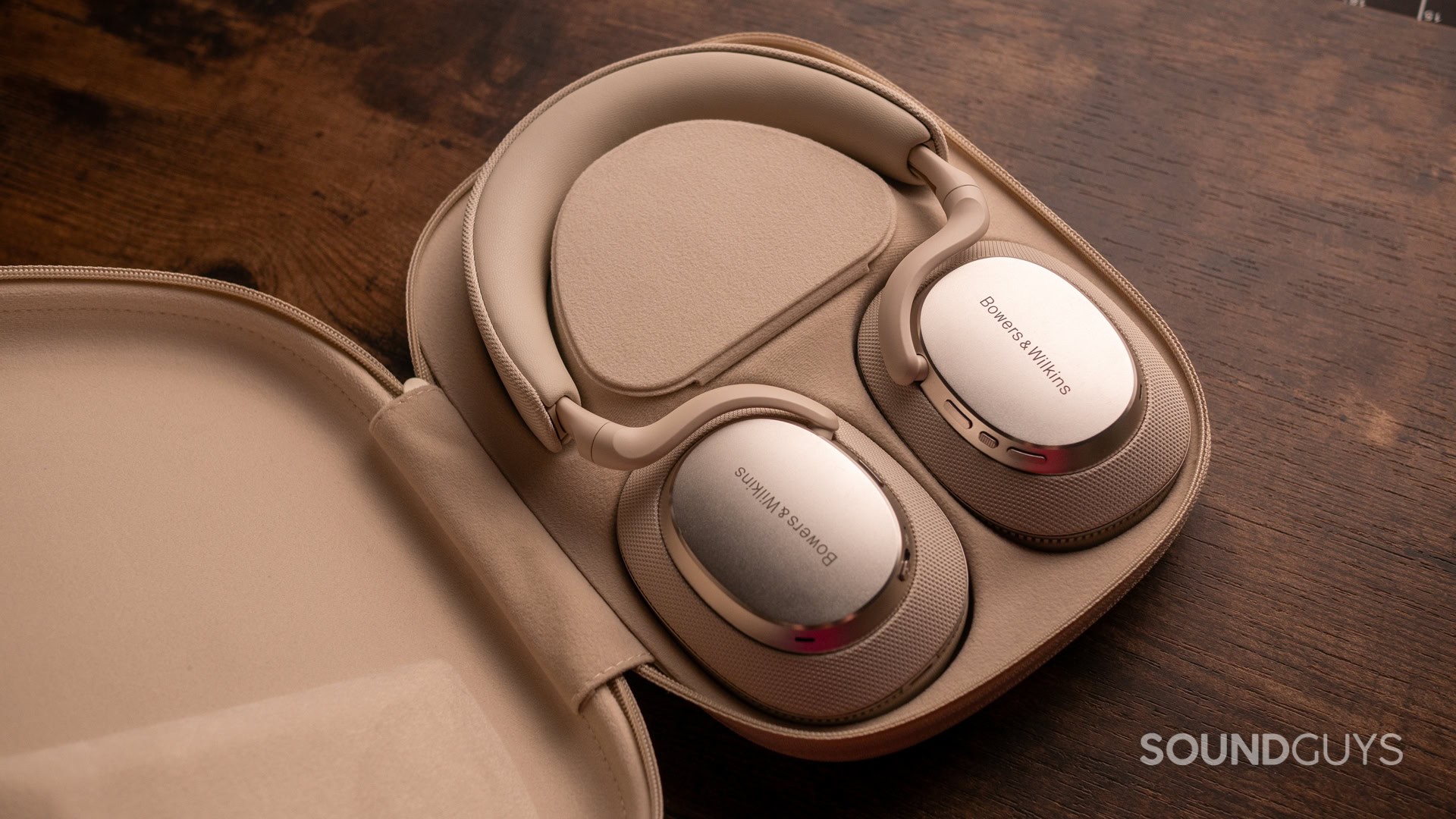
As the Sony WH-1000XM6 is a very popular model from a long-established brand, you shouldn’t have any trouble finding it anywhere in the world. Though the price is a bit steep at $449, you may be able to find it on sale. The Bowers and Wilkins PX7 S3, on the other hand, is a product with a bit less reach but also a slightly different pricetag at $449.99. Consequently, you should have more luck grabbing it online than in a big box store. That said, it’s not impossible to locate. There’s no clear advantage here, unless you absolutely need headphones right this minute and you can’t wait for delivery.
Should you get the Bowers and Wilkins PX7 S3 or Sony WH-1000XM6?
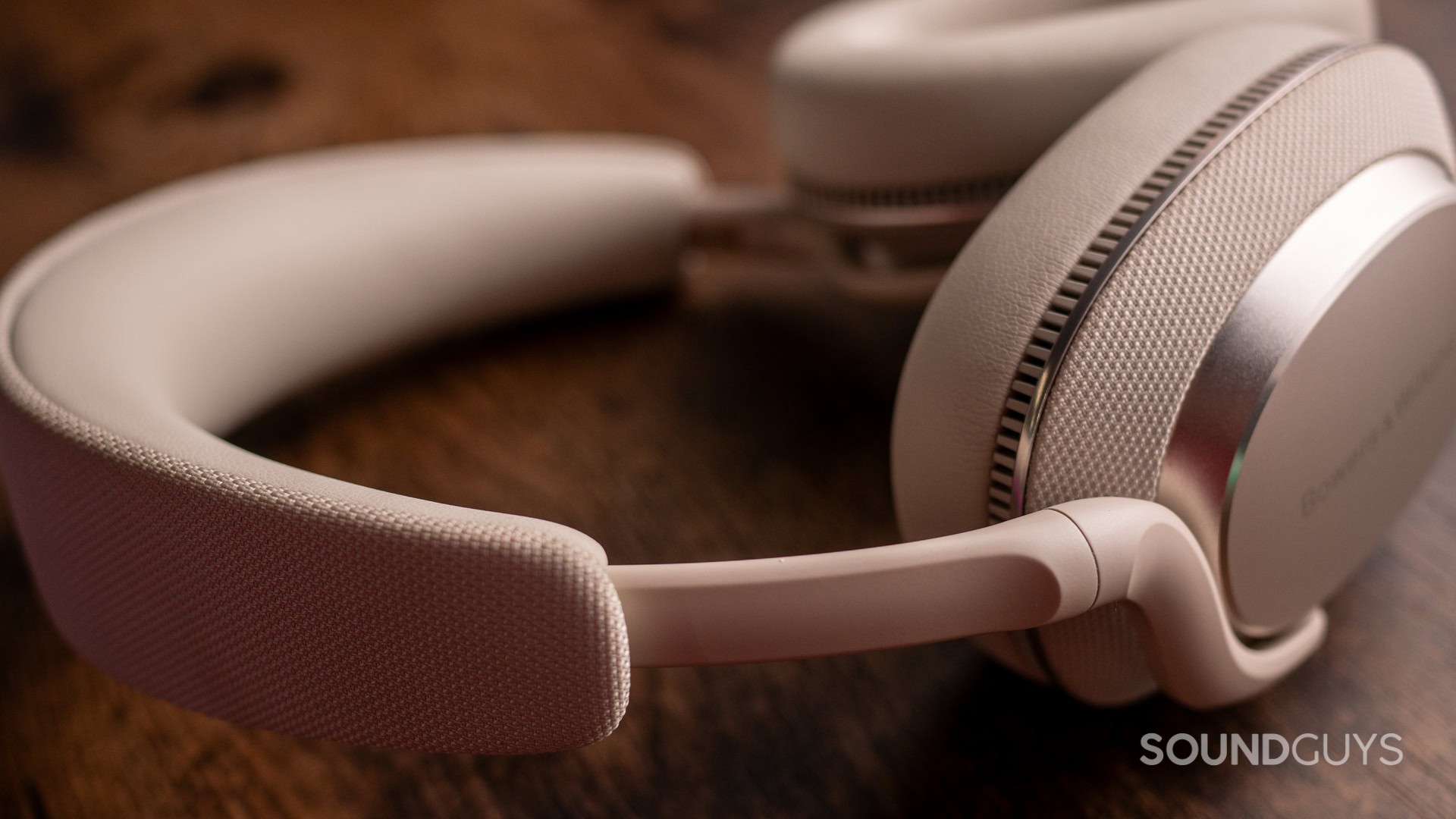
Both headphones have their advantages and disadvantages, but they’re pretty clearly for different people. Here’s the short version:
Choose the Bowers and Wilkins PX7 S3 if:
- You value fashion.
- You want USB-C listening.
- You wear through headband padding and ear pads quickly.
- You have trouble hearing higher-pitched sounds, or are over 35.
Choose the Sony WH-1000XM6 if:
- You care about utility more than fashion.
- You want a less-extreme tuning.
- You don’t care about USB-C listening.
- You like to tinker with spatial audio and in-app EQ software.
Really though, it’s tough to go wrong with either set of cans. Availability might be your deciding factor most of the time, and that’s really not a big worry unless you’re stationed in Antarctica or something.

Thank you for being part of our community. Read our Comment Policy before posting.